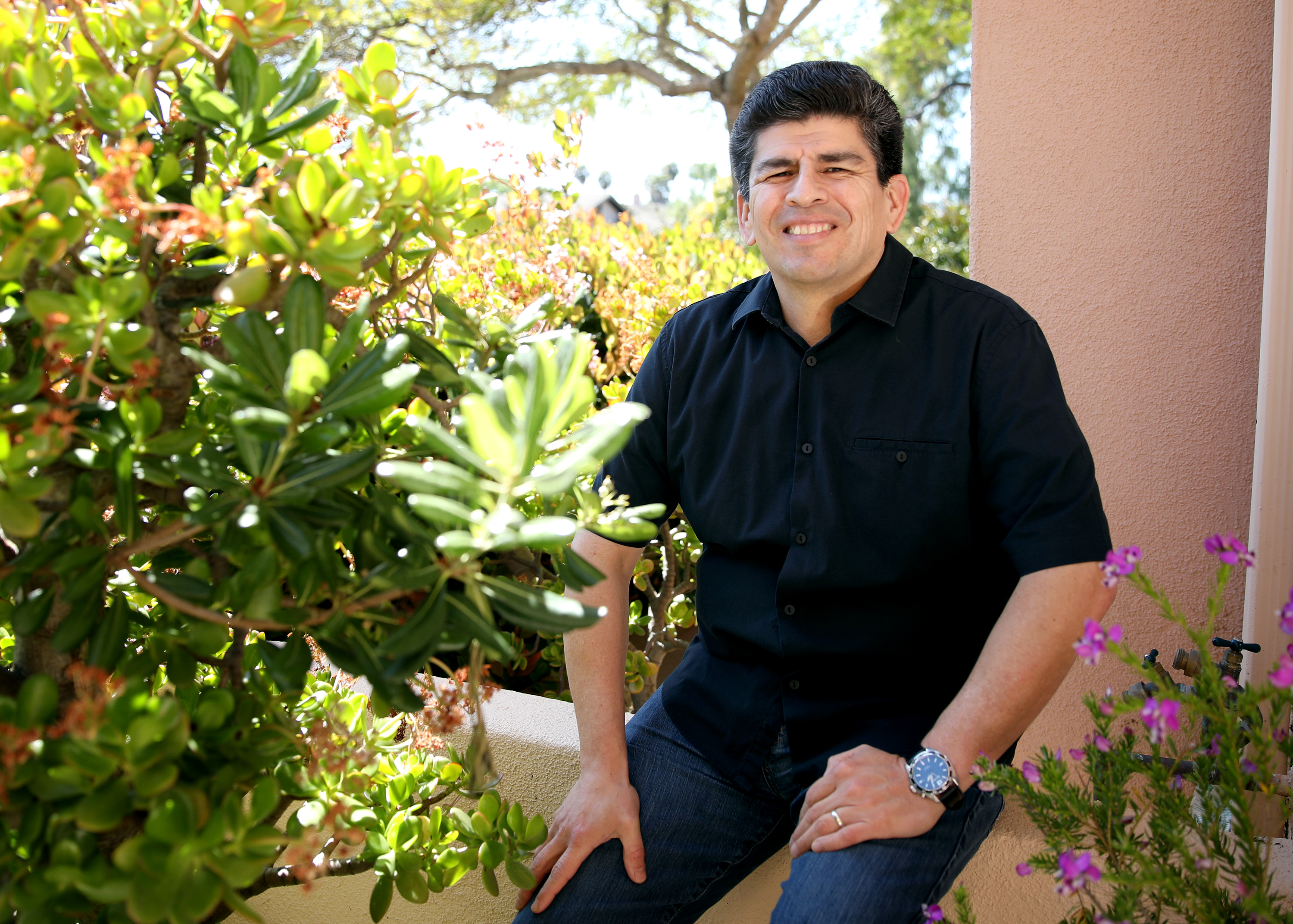Nothing Stops the Census, Not Even the Coronavirus
Millions at Stake in Head Count Sidelined by COVID-19

While the coronavirus outbreak has put most of American society on ice, one government function marches on ― the 2020 Census. The decadal head count started on time in mid-March, but the response deadline has been extended from July 31 to August 14. “Nonresponse Followup,” or when Census workers go door-to-door, has been pushed from May 13 to May 28. Federal law says the count must be delivered to the president by December 31, 2020.
For the first time, responses can be given online or by phone, which is expected to increase participation. But given the state of things, regional organizers have had to think creatively about how to get the word out. “The Census is really touching people one-to-one, face-to-face,” said Pedro Paz, director of grantmaking for the Santa Barbara Foundation co-chair of Santa Barbara’s Census 2020 Complete Count Committee. “We can’t do that this time.”
So rather than tabling in person or holding group events, Paz explained while working from home with his young son and their dog in the background, the committee is phone- and text-banking and organizing tele-town halls. They’re also strategically offering the information where essential services are provided, such as at the Foodbank and at medical clinics. “We have to find ways to grab people’s attention to convey that this is a very important thing,” Paz said. “But we also need to be respectful. We understand people aren’t totally focused on this right now.”
The stakes are surprisingly high. Census counts dictate how much federal funding communities get for a whole host of local services, from free school lunch programs to Medicare to housing vouchers to road repair. They also determine congressional boundaries. According to Paz, each person uncounted in Santa Barbara County reduces federal funding for services by $2,000 per year for 10 years. Put another way, an undercount of just 5 percent of the county’s population would mean a loss of $430 million over the next decade.
Under even the best of circumstances, the Census struggles to reach “hard-to-count,” or HTC, populations ― minorities, children between the ages of 0 and 5, transient students, and homeless people. It’ll be especially difficult this time around. Paz said the committee is working with trusted community partners to contact and communicate with these residents. No Census information can be shared with any other federal agency, they stress, including law enforcement or immigration, and every person counts, regardless of citizenship status.
For information, visit www.SantaBarbaraCountyCensus.org.
At the Santa Barbara Independent, our staff continues to cover every aspect of the COVID-19 pandemic. Support the important work we do by making a


